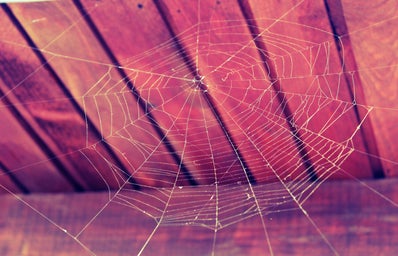Imagine dressing up and going out trick-or-treating for Halloween as a child. How much candy did you collect? A classic pumpkin-bucket? A full backpack? Two pillowcases?
Now imagine getting home and dumping all that candy out on the floor. But, before you can even grab that giant Nerds Rope you were lucky enough to snatch from that one house up the street, you have to sort it for allergens.
This was my childhood.
Due to my severe peanut allergy, the first thing my parents and I would do after trick-or-treating was go through all the candy I had collected and pick out the few that we were certain would not contain any allergens. (Basically, this included: Skittles, Nerds, Twizzlers, and Tootsie Rolls.) If the packaging looked like it had ripped or had splatters of melted chocolate on it, I’d have to give that candy up, just in case. I would trade in all the candy I could not eat with candy I could; this, of course, always ended with a significantly lighter load of candy than the one I had originally pillaged, to my disappointment.
Food Allergy Research & Education (FARE), however, has come up with an idea. They have started a project, called the Teal Pumpkin Project, to signal other families that a house is allergy-friendly.
The idea is for a family with food allergies (or who supports the cause) to paint a pumpkin teal and place it outside the door within sight. This notifies individuals with allergies that there are alternatives to the usual Halloween candy available, whether it is candy that is guaranteed allergy-free and has not been cross-contaminated, or small gifts, like stationary, puzzles, coloring books, etc.
The Project was first published on October 6th, but it has already reached millions of people via social media.
Compared to when I was a kid (when no one really had a good understanding of food allergies and how to handle it), this is a huge step in the right direction. Food allergies are a growing problem amongst children (whether due to paranoia or actual pandemic) and something needs to be done about the stigmatization of the issue.
If you feel like supporting the Project, print out these flyers from the FARE website (x and x).


